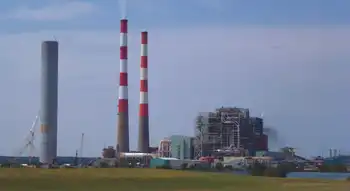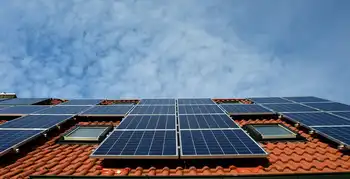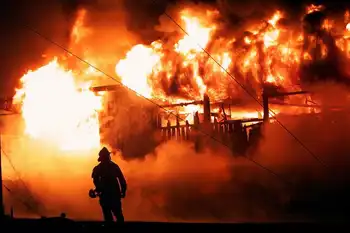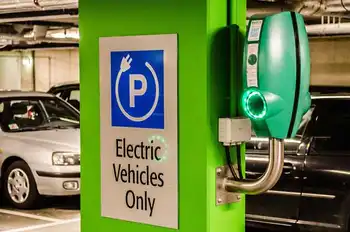Blistering heatwave to linger in U.S. northeast
NEW YORK - The intense heat wave blanketing the U.S. Northeast and Midwest will linger for another day or so, longer than meteorologists had predicted, according to the latest forecasts.
Meanwhile, Florida and other states along the Gulf of Mexico, the nation's key oil and natural gas producing and refining region, kept an eye on Tropical Storm Chris which the National Hurricane Center forecast would strengthen into a hurricane within 36 hours.
On its current track, Chris will pass between Florida and Cuba and break into the Gulf of Mexico within a week, the NHC projected.
Prices for natural gas, burned to generate the record-breaking amounts of electricity used to run air conditioners in the Northeast and Midwest, were up along with the temperatures and the possibility Chris could get into the Gulf and disrupt the region's oil and natural gas facilities.
Natural gas futures gained almost 10 percent in early trading August 2 on the New York Mercantile Exchange to the $8.30s per British thermal unit.
For many in the Northeast, the hottest day of the year is still to come with temperatures expected in the triple digits in Washington, Philadelphia and New York on August 2 and 3. The mercury in New York could reach 104 Fahrenheit, according to Meteorlogix.
Moreover, high humidity across the eastern third of the country was making the weather feel much hotter than the readings on thermometers - up to 120 degrees in some places, AccuWeather said.
The high-pressure system which is now stuck over the Northeast last week caused the deadly heat wave that lingered over California longer than first forecast.
Related News
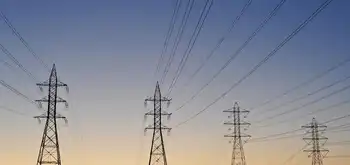
New England takes key step to 1.2 GW of Quebec hydro as Maine approves transmission line
BANGOR - The Maine DEP reviewed the Clean Energy Connect project for more than two years, before issuing permits that included additional environmental mitigation elements.
"Collectively, the requirements of the permit require an unprecedented level of environmental protection and compensatory land conservation for the construction of a transmission line in the state of Maine," DEP said in a May 11 statement.
Requirements include limits on transmission corridor width, forest preservation, culvert replacement and vegetation management projects.
"In our original proposal we worked hard to develop a project that provided robust mitigation measures to protect the environment," NECEC Transmission CEO Thorn Dickinson said in…

